Are you a developer? How you ensure that all the codes and configurations are working properly? Of course through testing. Every developer has the role of building codes and testing them.
You have DevOps for this, Now you will wonder, what is In DevOps,
Continuous testing can be done at various stages like development stage, integration stage, staging environment, and production environment.
Benefits of Implementing Continuous Testing in DevOps
Proper Analysis Of The Risks: Continuous testing helps the developers in evaluating the risks that can stop the latest version of build for release by the business leaders.
Help To Know The Security Issue: It helps in creating an effective support system that ensures that the application is safe from any kind of unexpected attacks.
Keep User Experience in Mind: The customer feedbacks help the developers in making regular updates in the application. This keeps the software more stable and robust. It also helps the developers in writing successful test reports by considering all aspects of the customer.
Involves Functional and Nonfunctional Testing: Functional testing is a type of
Proper and Timely Response Towards Feedbacks: It helps in accessing every layer of software architecture, thus help in providing actionable feedback at the right stage of the delivery pipeline without creating any bottleneck.
Saves Time: The continuous testing helps the developers in finding and fixing the bugs at an early stage, thus helps in saving the release window bandwidth. Doing this helped the developer team to reduce the resources and time invested by the team.
Steps To Implement Continous Testing
Specification of Test At An Early Stage: For continuous testing of code at every stage of development it is essential to define test cases clearly at the beginning of the process. This prevents the development team from facing any kind of delay and wasting time. It is best to utilize tools like Acceptance test-driven development (ATDD), Behavior-Driven Development (BDD), and Model-Based Testing for building clear communication platform and in the understanding the requirement of the documentation.
Improves Test Processes and Coverage: By knowing the testing requirements the development team is able to save a lot of time and resources. It can be done with the help of visual models. The model helps the team in analyzing various paths that need exploration and optimization for conducting the test.
Take the shift-left testing and shift-right testing approach: Shift-left testing help developers to carry out testing in the initial phase of the development process. For this, the developers are provided by the developer-friendly tools that help in automating testing process, including performance testing, functional testing, security testing, and monitoring.
The shift-right testing, on the other hand, is testing through production and post-production continuously including continuous monitoring of the process.
Provides a complete test environment: To achieve continuous testing it is important to deliver the
Get the right test data: Most of the app release got delayed because of the availability of robust test data. In order to check the proper functioning of the test make sure that the test data is as close to the app will experience in production as possible.
Get in touch with us:
To create a quality app, continuous testing in DevOps

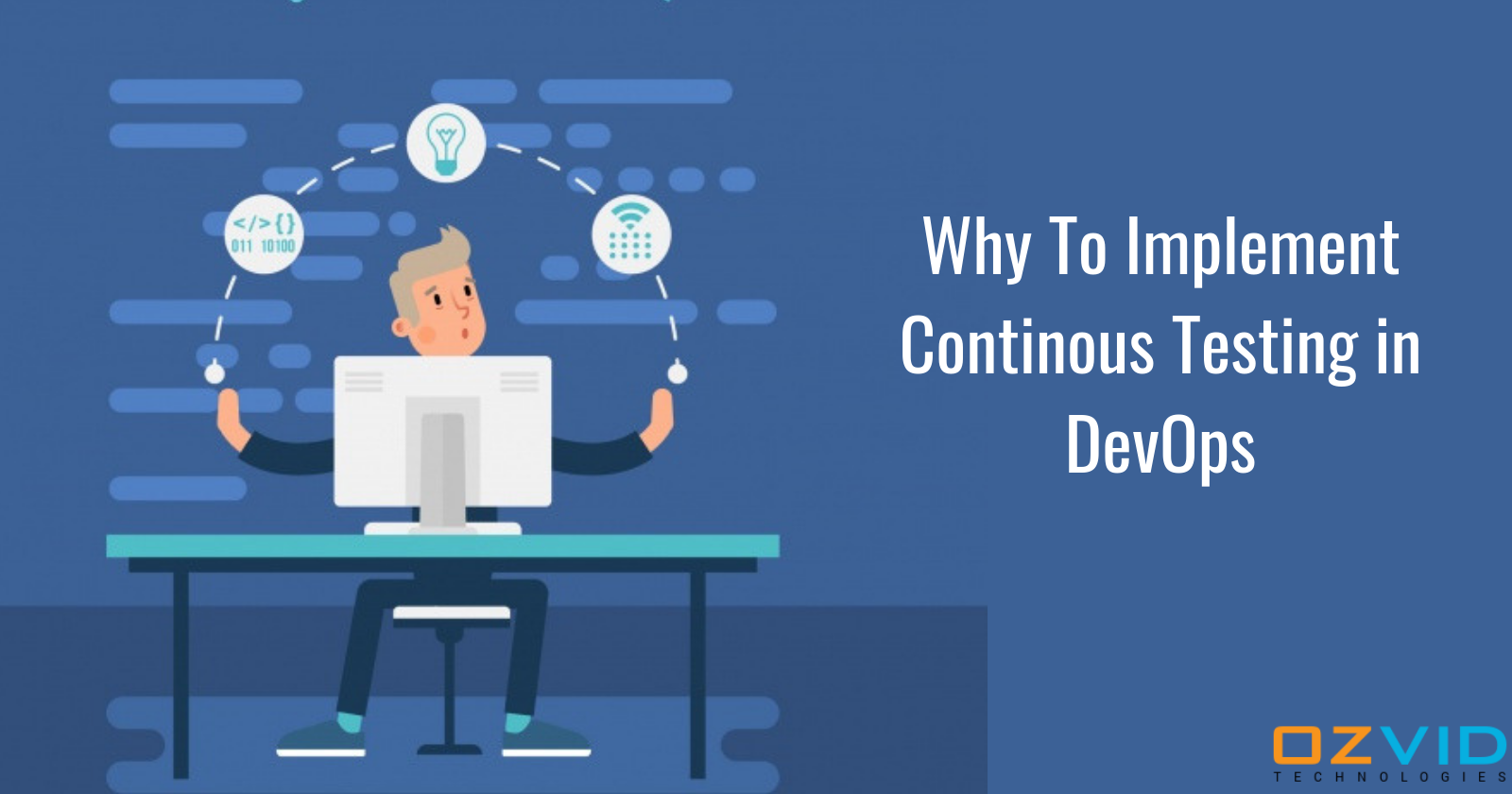


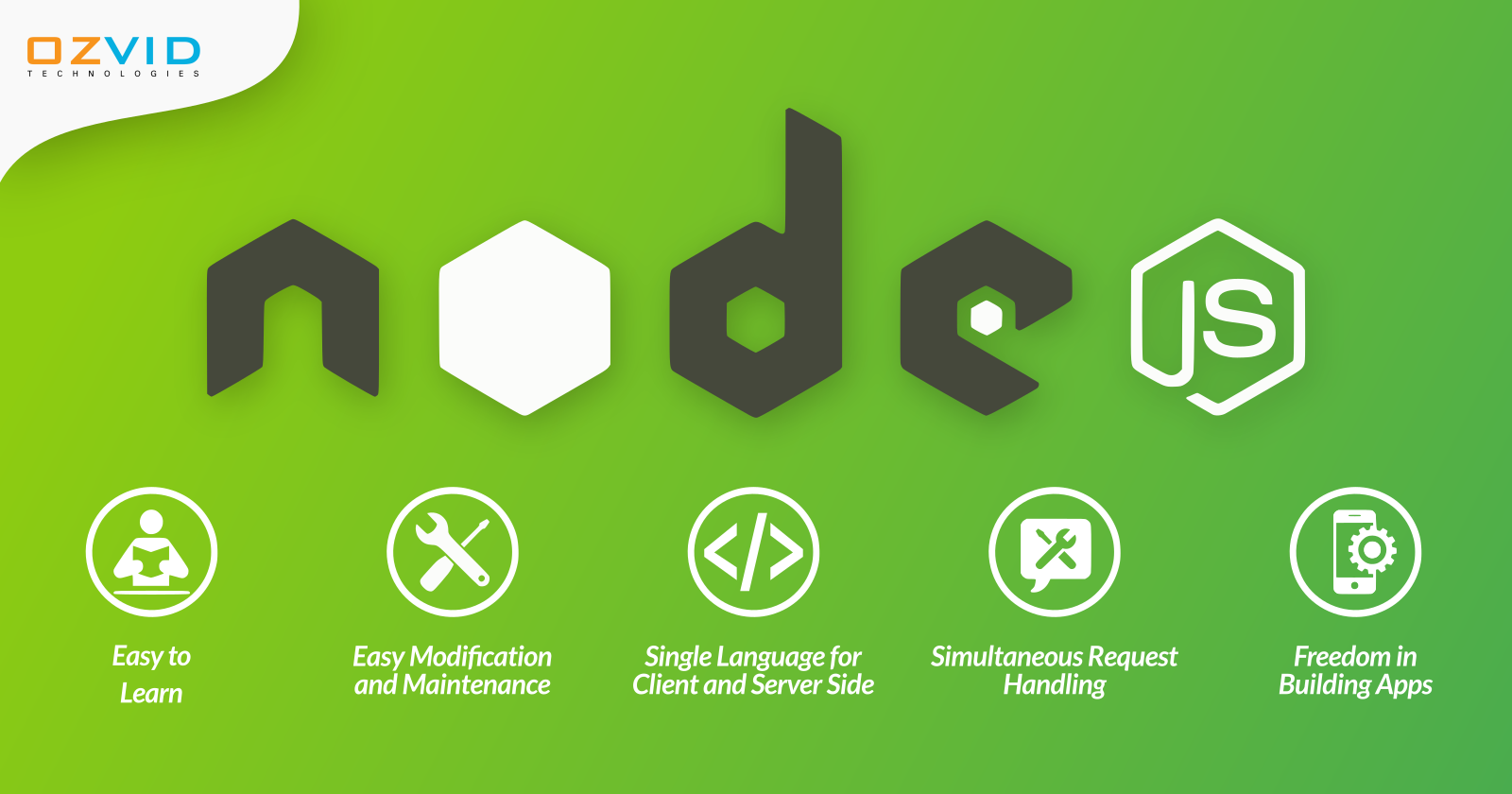
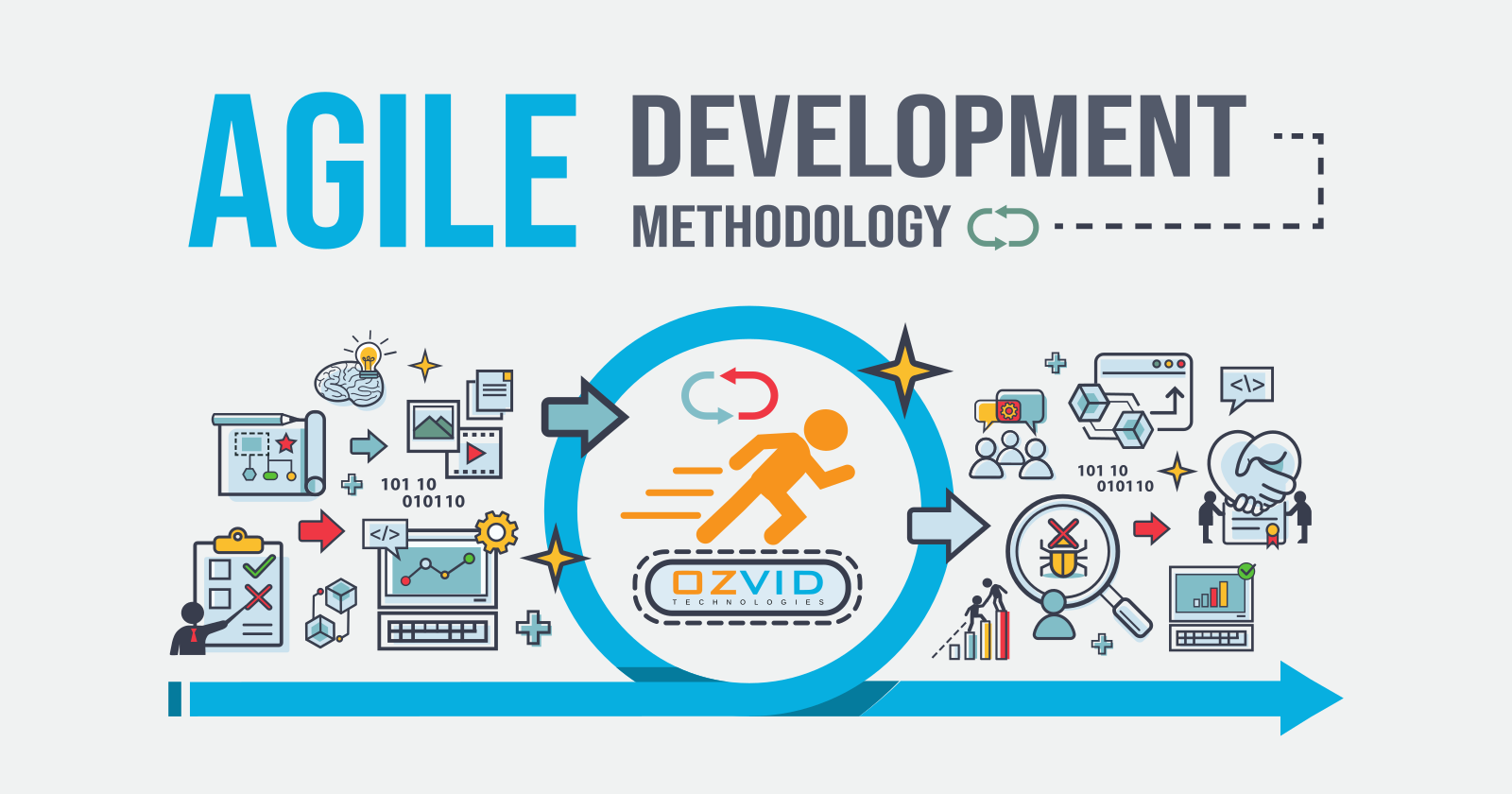




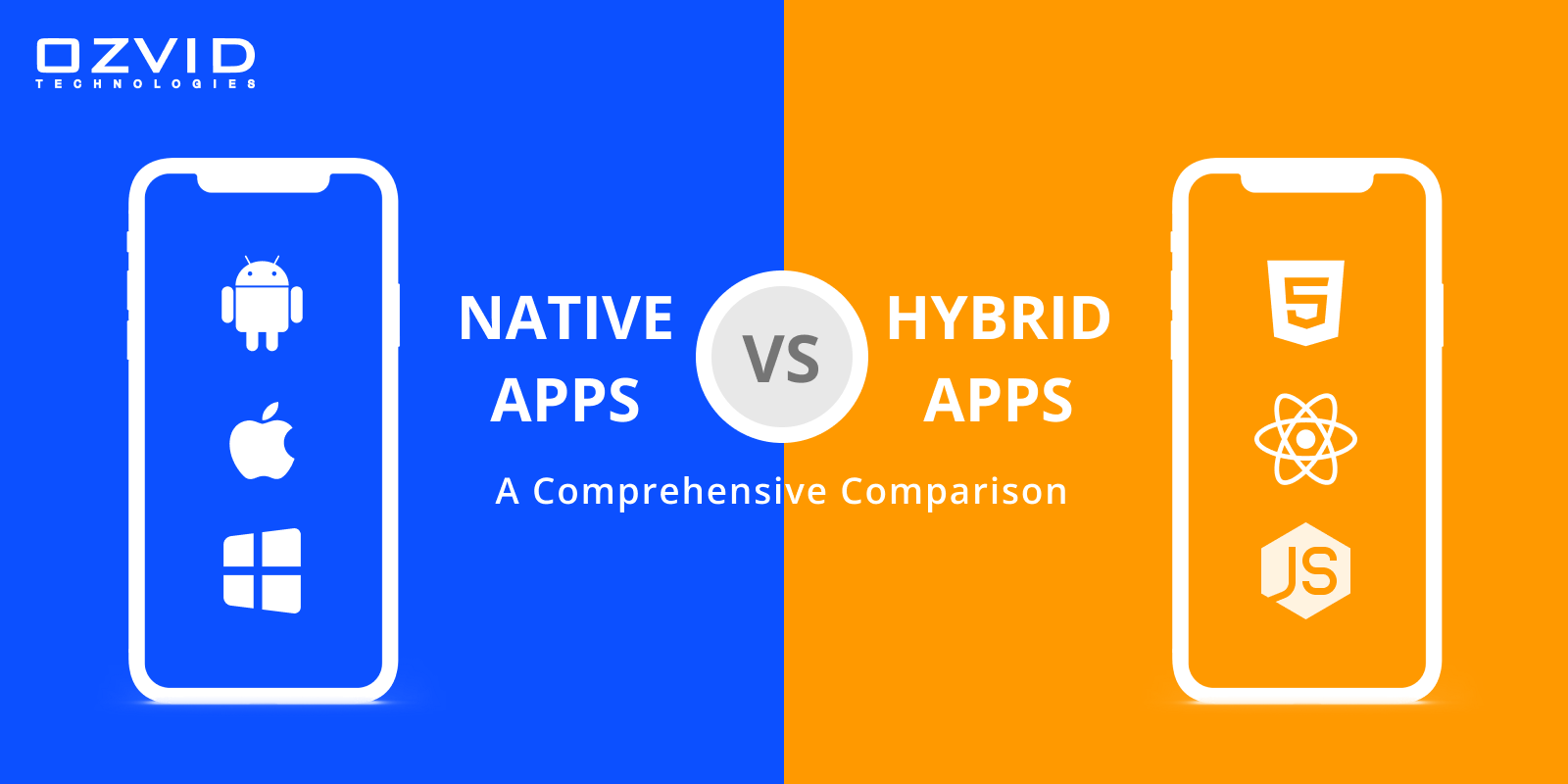

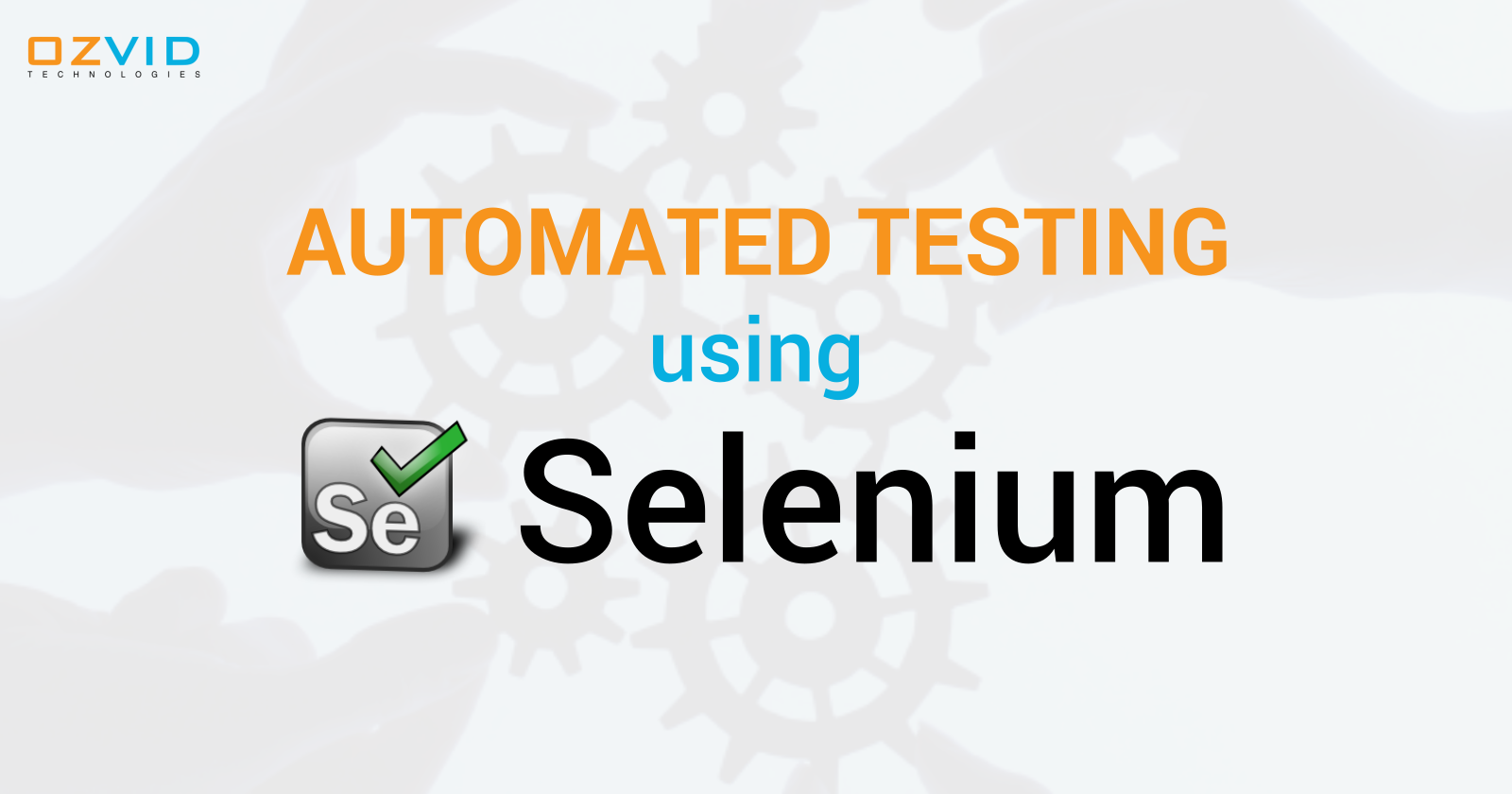
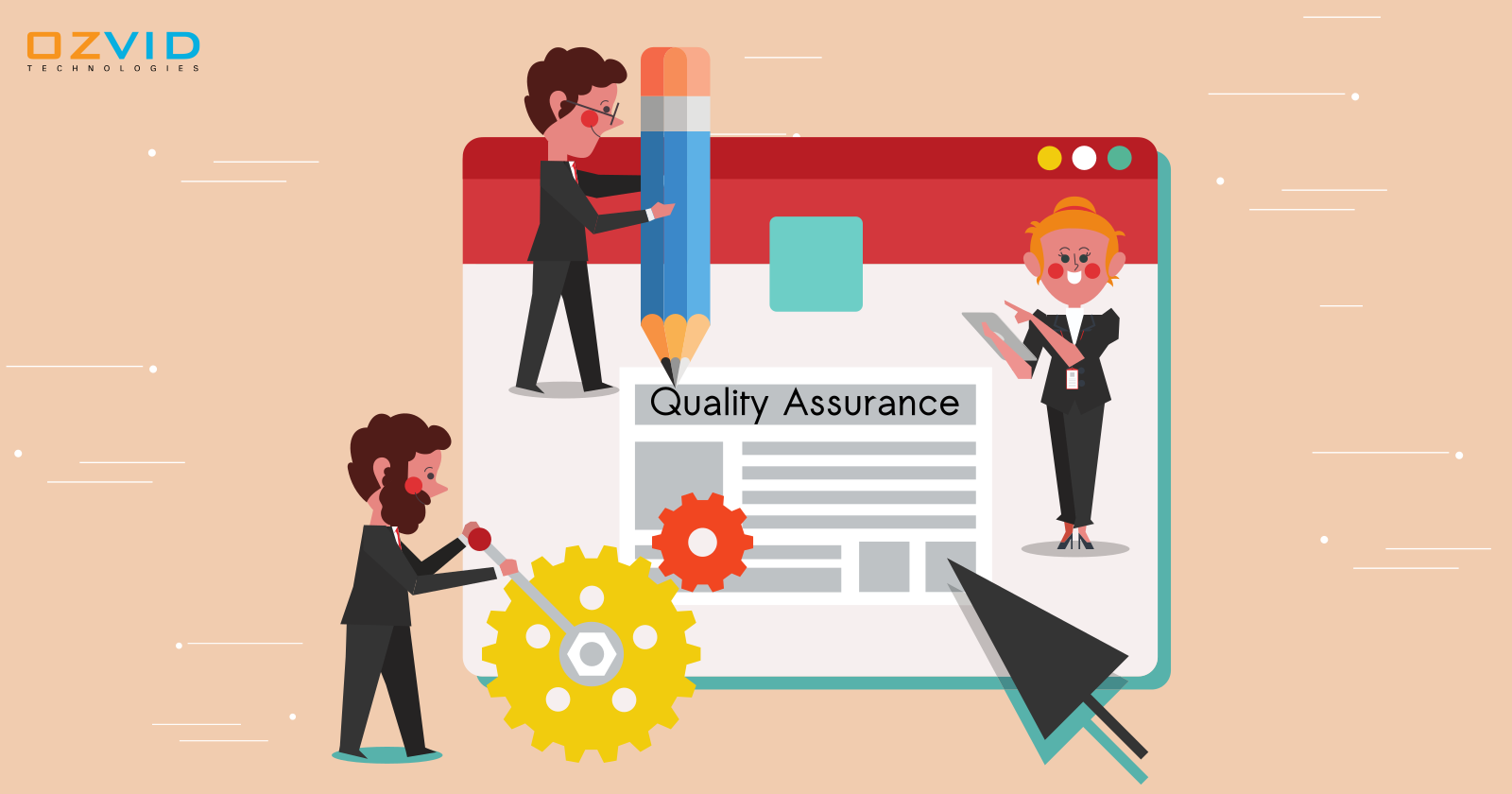
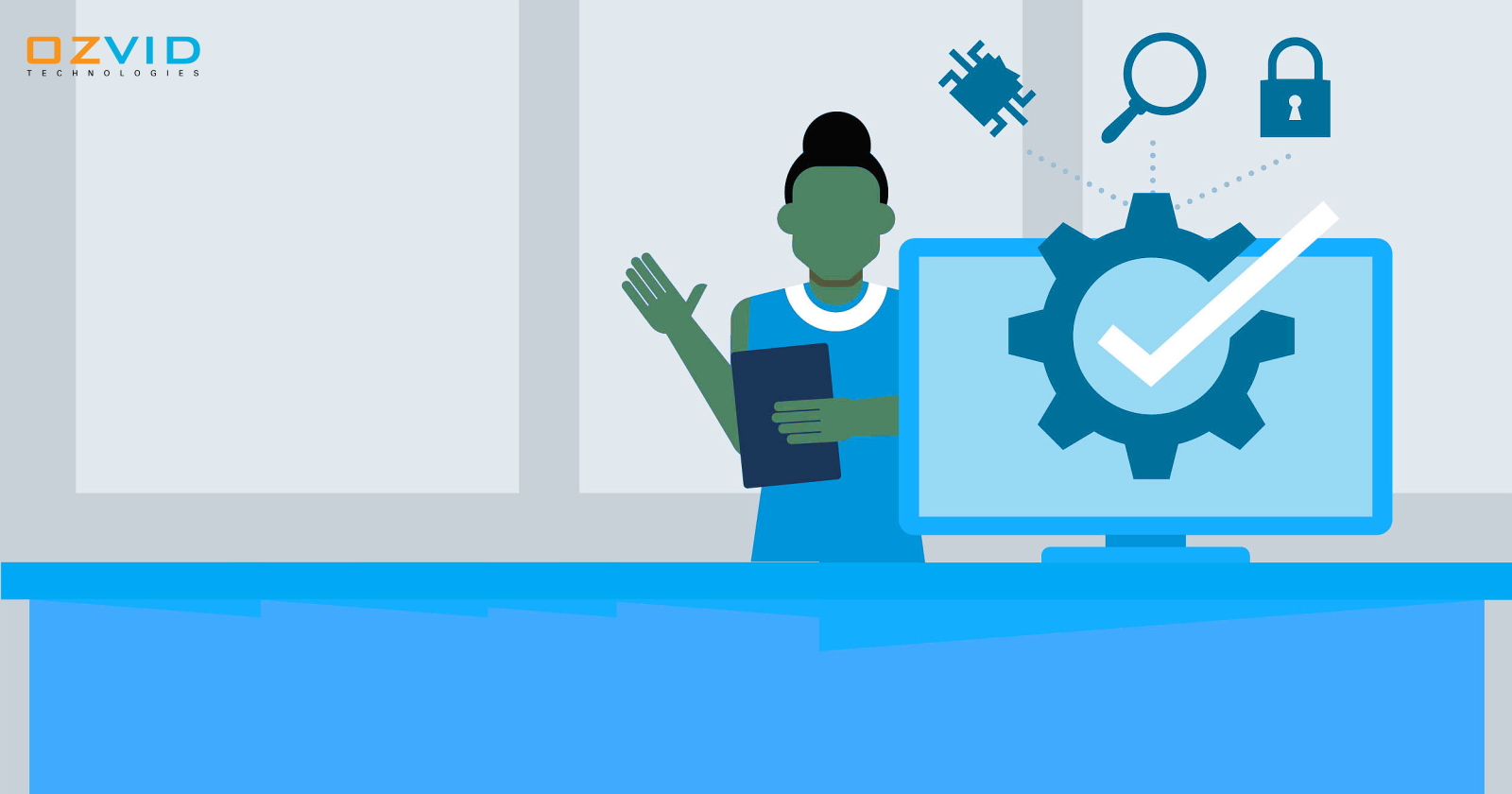
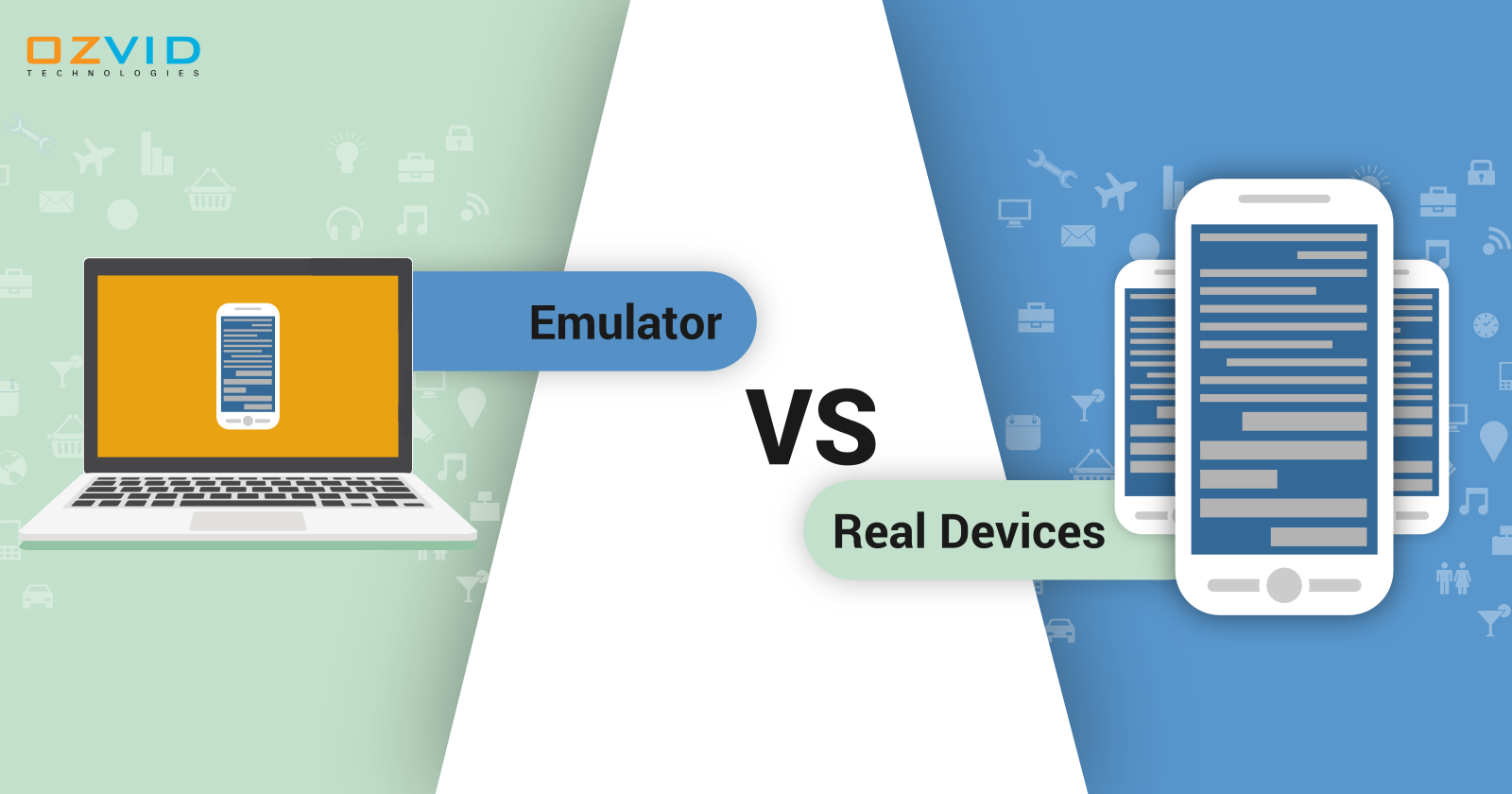

Share this post on: